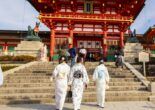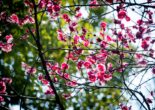There is a place where you can watch the flowers from the comfort of your trolley seat. And it becomes even more magnificent in autumn, when the fall colors set in. This is the Toden-Arakawa streetcar line, renamed Sakura Tram by the local residents.
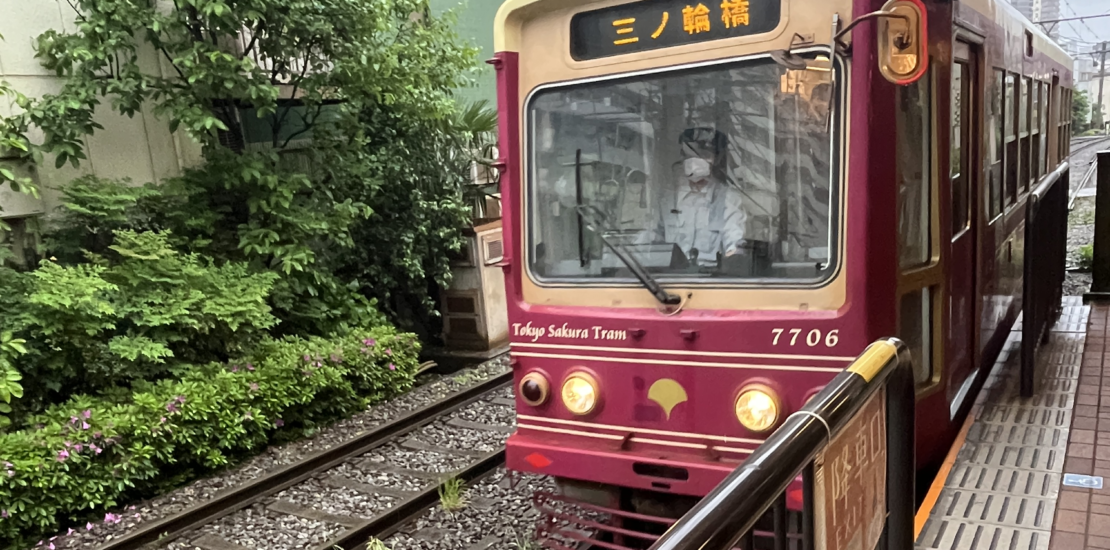
The Tokyo Sakura Tram – Cherry Blossoms And Fall Colors From Your Streetcar Seat
Tokyo is a huge city, geographically as well as by population. And while regular trains provide transport for large parts of the population, they are far from enough.
While the city was growing, Tokyo had a wide streetcar network. Tram lines connected the train stations and trolleys provided a readily available means of carrying more people than the buses of the day.
But trams need tracks and overhead electric lines to run. And they run on the streets, which means they are easy to install, but take up space that could be used by other traffic. And trolleys can not swerve to avoid an approaching car, pedestrian, or cyclist. As traffic grew on the narrow Tokyo streets in pace with the economic development of Japan in general, the Tokyo streetcars themselves became impediments to traffic, causing accidents and blocking traffic when something blocked their tracks. The city fathers decided they would have to go.
Tokyo subways started in the 1920’s, and when tram lines became a problem, building subway lines to replace them was an easy way of both getting travelers and trains out of traffic.
City Continues Digging Tunnels
The city continued to dig tunnels to remove the rails from the streets. The Tokyo subway network expanded greatly during the 70’s and 80’s, both with lines extending into the suburbs and new lines being put in place. Sometimes automated, like the Yurikamome railway serving Odaiba, which works much like a tram apart from being automated and running on separate tracks. The streetcars of Tokyo were gradually scrapped.
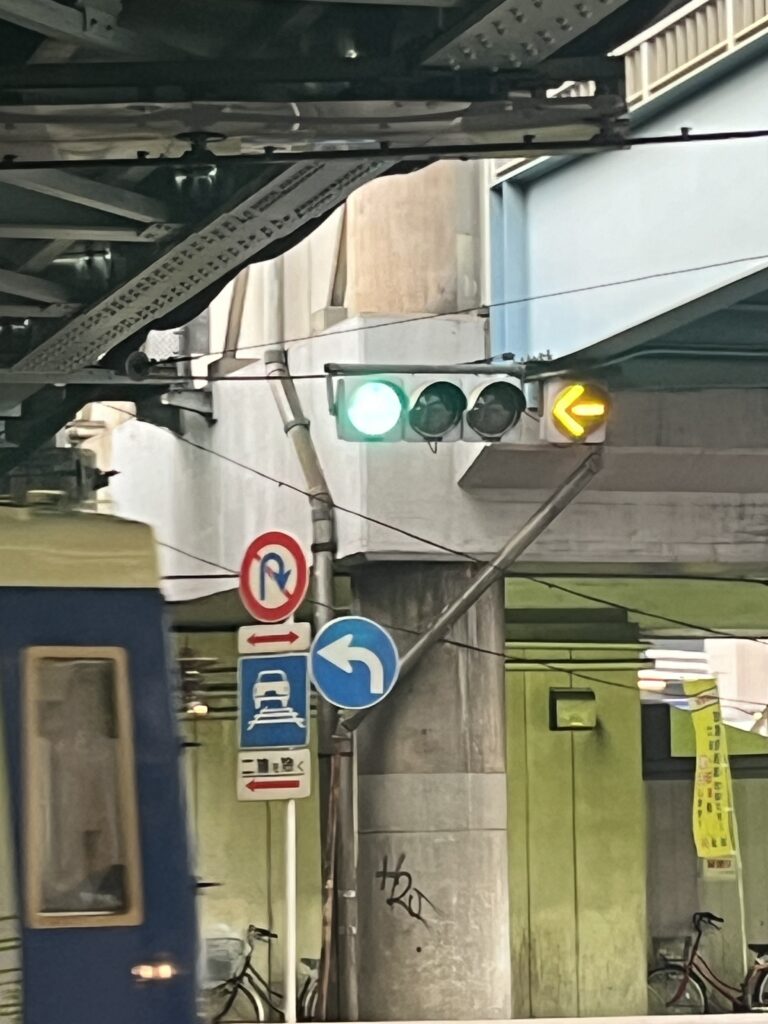
With one exception. The trolley from Waseda to Arakawa was so popular among residents that they petitioned the city government to spare their tram. For once, the popular voice prevailed. The streetcar line was saved, connected to a few other scraps of the municipal tram network, and became the Toden Arakawa Line, reflecting the fact that it runs to the suburb of Arakawa (”Toden” is a Japanese abbreviation of Tokyo-to Densha, or Tokyo City Railways).
Renamed for The Cherry Blossoms
The same residents who petitioned for its preservation voted to rename their tram ”Sakura Tram”, a reflection of both the immense popularity of cherry blossoms in Japan and the fact that in season the tram is an excellent place to watch the cherry blossoms. While it does not run through any cherry blossom tunnels like its more famous Kyoto counterpart, the train runs past some of the best cherry-blossom watching spots in Tokyo.
But the Sakura Tram is a good place to watch any type of flowers, since it passes next to the gardens of ordinary houses. So close, in fact, that sometimes the flowering branches literally touch the streetcar as it passes by.
Today, the Sakura Tram runs from Waseda, where the terminus is located in the middle of a busy street close to, but not next to, Waseda University.
Past “Manshons” and Private Houses
The neighborhood, part of the Takadanobaba area of Shinjuku-ku (we have written about what to do in Takadanobaba before) is a mix of private residences and student housing; as the trolley passes onto Meji Dori, the buildings become luxury condominiums (or ”manshon” in Japanese). Those give way to small houses as the tram moves past the Zoshigaya cemetery and makes a brief stop in Otsuka, then runs through more residential neighborhoods until it arrives at Oji station.
From Oji, the streetcars of the Sakura Tram run east and briefly south through the suburb of Arakawa, until it ends somewhat abruptly in Minowabashi.
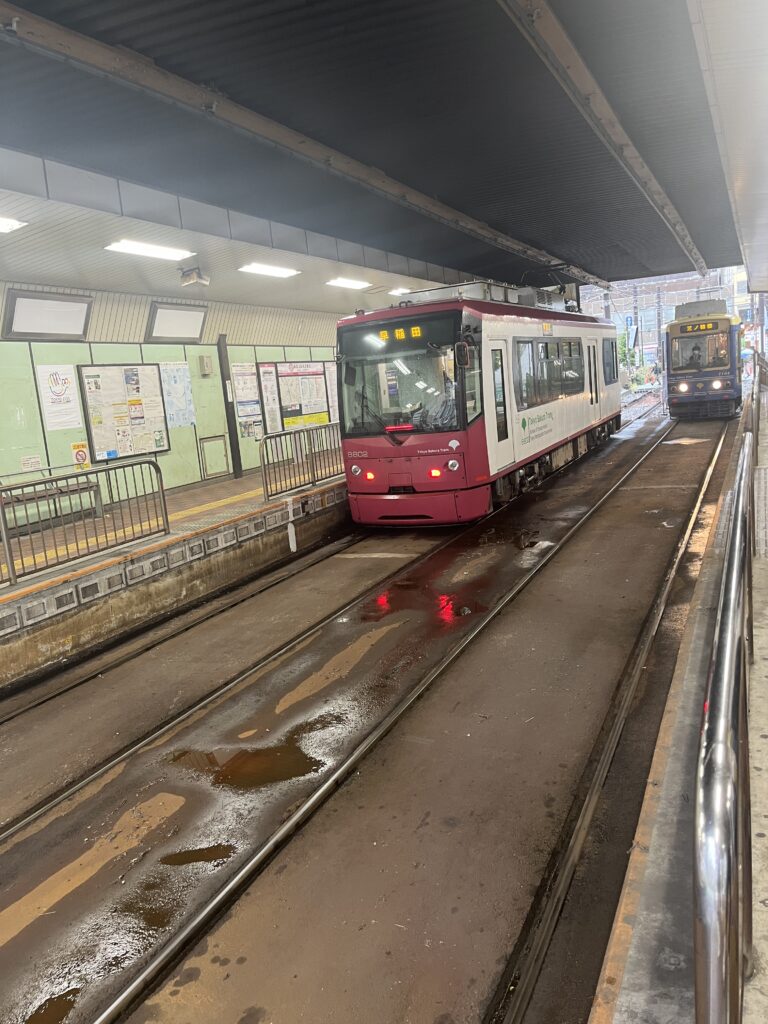
Even though it does not run on traditional rails, there are several places along the Sakura Tram tramway track where you can change to the Tokyo Metro lines, or even the JR network. At Minowabashi, the tram stop is also a stones throw from a stop of the Tsukuba Express line, which can whisk you from there to southern Ibaraki in 30 minutes.
Oji is on the JR Keihin-Tohoku line, and Otsuka is a stop on the Yamanote line that circles around central Tokyo. The Waseda stop is a couple of blocks from the Tozai subway line. And along Mejidori, the Sakura Tram follows the same route as the Fukintoshin subway line. There are also stations where you can change to the Tokyo Metro Hibuya line, Namboku Line, Mita Line, Chiyoda line, and Yurakicho line. There are also stations where the Sakura Tram intersects the Keisei Line and the Nippori-Toneri Liner, the automated driverless train from Toneri to Nippori.
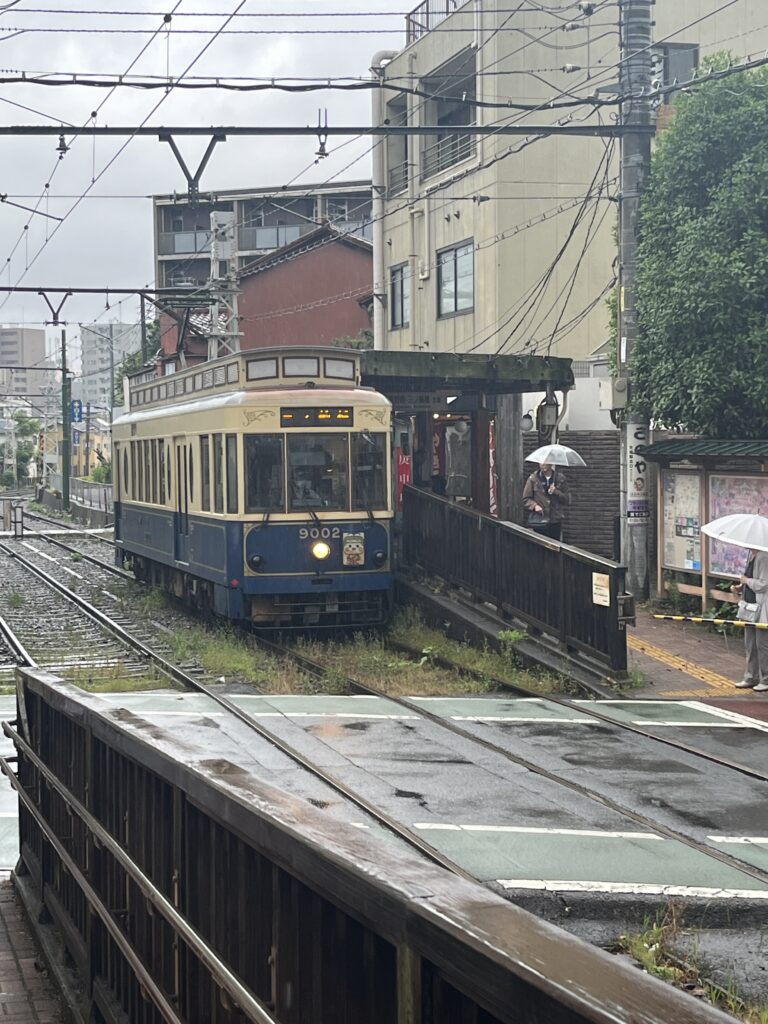
While the Sakura Tram is named for the cherry flowers, reflecting the ease of viewing the blossoms from the streetcars, the private and public gardens it passes are no less colorful even outside the cherry blossom season. Roses and honeysuckles reach out over dilapidated fences, and in early summer the scattered hydrangea bushes that dot every neighborhood in the Tokyo area will color entire neighborhoods pink, purple and blue. Cosmos flowers color the edges of lawns pink and red, and in early spring you can spot tulips, hyacinths, and daffodils. Tokyo is situated just at the edge of the Japanese northern vegetation zone, which means palm trees will grow in the wild together with pine trees and beeches; with a little bit of extra care you can grow tropical flowers in your garden, as long as you cover them in winter.
Second Seat to Fall
But the flowers in Tokyo gardens and especially the parks take second seat compared to another season: Autumn.
Cherry trees, magnificent as they are when in flower, have two seasons: The sakura blossom season, and fall. When the trees start to lose their green coats and the leaves turn yellow, red, and purple, Tokyo takes on a completely different coloration. The mood becomes somber as days shorten and temperatures fall. Around the traditional moon viewing in October, days have shortened perceptively and the temperature dropped so much that you occasionally can feel a nip in the air.
That is when Tokyo trees start their second flowering season. The turning of the colors does not happen overnight, but gradually, with green trees becoming more yellowish and deeper green, until suddenly they have changed colors entirely.
Taking the Sakura Tram a foggy day in fall (and there are many of those in Tokyo) brings out a deeper palette of red, purple and yellow, the trees along the line changing as shadows shift when the train moves from streetlight to daylight and back again.
Related Articles
Warning: Undefined array key "sfsi_threadsIcon_order" in /home/veremosglobal/tokyoroomfinder.com/public_html/blog/wp-content/plugins/ultimate-social-media-icons/libs/controllers/sfsi_frontpopUp.php on line 165
Warning: Undefined array key "sfsi_blueskyIcon_order" in /home/veremosglobal/tokyoroomfinder.com/public_html/blog/wp-content/plugins/ultimate-social-media-icons/libs/controllers/sfsi_frontpopUp.php on line 170
Warning: Undefined array key "sfsi_bluesky_display" in /home/veremosglobal/tokyoroomfinder.com/public_html/blog/wp-content/plugins/ultimate-social-media-icons/libs/controllers/sfsi_frontpopUp.php on line 266


